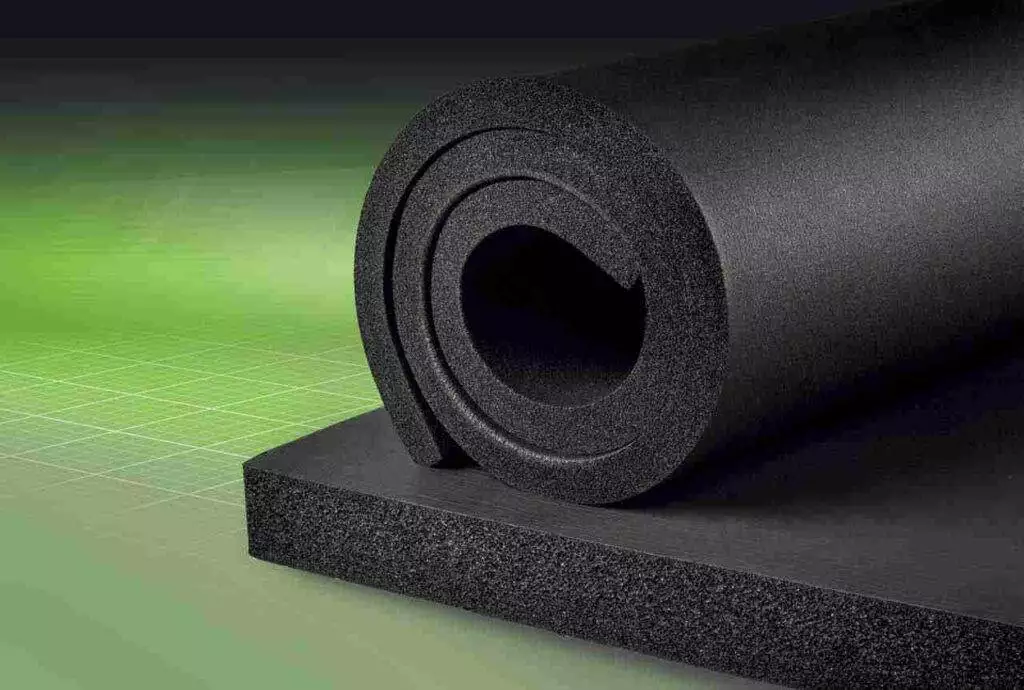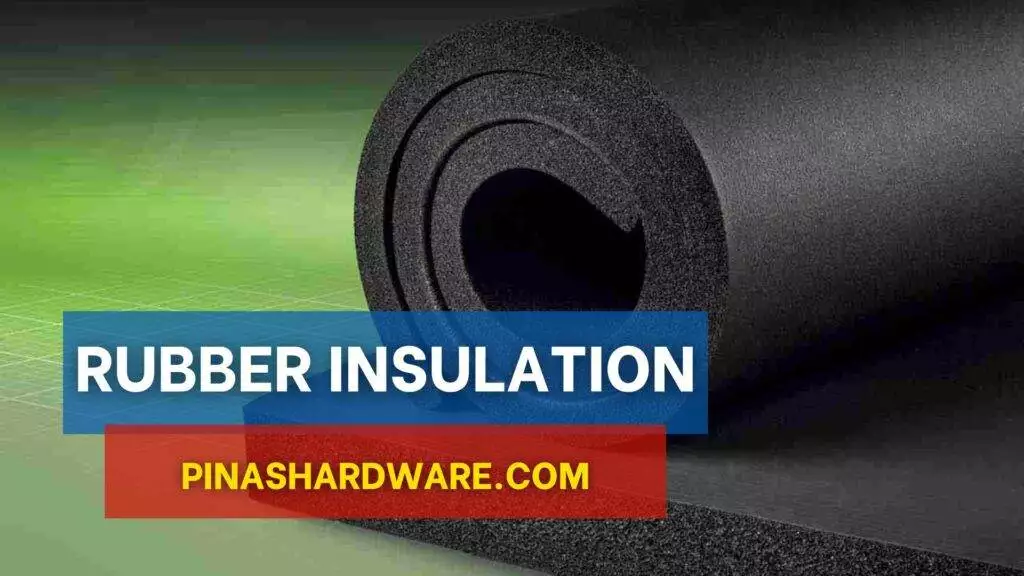Rubber insulation is a kind of synthetic rubber compound insulation, usually NBR (nitrile rubber) or EPDM (ethylene propylene diene monomer). It is frequently used to stop heat gain or loss and save energy in ductwork, plumbing, and HVAC (heating, ventilation, and air conditioning) systems. Excellent thermal qualities, resilience to moisture, chemicals, and UV radiation, as well as durability and flexibility, are all provided by rubber insulation. Because of its flexibility, it can be easily installed on curved or irregular surfaces, providing efficient thermal insulation as well as defense against corrosion, frost, and condensation in a range of commercial, industrial, and residential settings.
Rubber Insulation Prices
Rubber insulation prices vary depending on its brand, size, thickness, and material used. Its price ranges from ₱120.00 to ₱160.00.
| Details | Sizes | Material | Thickness | Price |
| Armaflex | 1/2″ (13mm) – 2″ (50mm) | NBR (Nitrile Rubber) | 15 mm | ₱150.00 |
| K-Flex | 3/8″ (10mm) – 2″ (50mm) | EPDM (Synthetic Rubber) | 10 mm | ₱130.00 |
| Aeroflex | 1/4″ (6mm) – 2″ (50mm) | EPDM (Synthetic Rubber) | 16 mm | ₱120.00 |
| Rubberlite | 3/8″ (10mm) – 2″ (50mm) | NBR (Nitrile Rubber) | 10 mm | ₱140.00 |
| Insulflex | 1/2″ (13mm) – 2″ (50mm) | EPDM (Synthetic Rubber) | 30 mm | ₱160.00 |

Advantages of Rubber Insulation
Excellent Thermal Insulation – Rubber insulation enhances the efficiency of energy in heating, ventilation, and air conditioning systems by efficiently preventing heat transfer and maintaining desired temperatures.
Flexibility – Because of its flexibility, installation on curved or uneven surfaces can be done quickly and easily without sacrificing performance, guaranteeing full coverage and efficient thermal insulation.
Moisture Resistance – Rubber insulation has a natural resistance to moisture, which keeps condensation from forming and guards against corrosion, mold, and mildew in moist environments.
Chemical Resistance – Because it is resistant to oil and chemical damage, it can be used in industrial settings where exposure to abrasive materials is frequent.
Durability – Rubber insulation is incredibly robust and resilient; it can withstand mechanical strains, UV rays, and wear and tear without degrading, guaranteeing consistent performance over an extended time.
Disadvantages of Rubber Insulation
Greater Initial Cost – When compared to other insulation materials like fiberglass or foam, rubber insulation usually has a higher initial cost. Some users with tight budgets might be discouraged by this.
Sensitivity to Solvents – Certain rubber insulation materials may be susceptible to oils and solvents, which could result in deterioration or decreased functionality when exposed to specific chemicals frequently found in industrial settings.
Vulnerability to Punctures and Tears – Rubber insulation is not impervious to punctures or tears, but it can still happen if it is exposed to sharp objects or too much force during installation or upkeep.
Video about Rubber Insulation
FAQs
What is used to make rubber insulation?
Rubber insulation is generally composed of synthetic rubber compounds, such as nitrile rubber (NBR) or EPDM (ethylene propylene diene monomer), plus fillers and additives to improve qualities like flexibility and heat resistance.
Where does rubber insulation get its usual use?
Rubber insulation finds widespread application in equipment, ductwork, refrigeration units, HVAC (heating, ventilation, and air conditioning) systems, and pipes in commercial, residential, and industrial buildings.
Is rubber insulation safe for the environment?
To support sustainability initiatives, some rubber insulation materials are recyclable or made from recycled rubber. However, the manufacturing process and disposal techniques may have different effects on the environment.
What is the difference between rubber and other types of insulation?
Although rubber insulation has advantages over materials like fiberglass or foam, such as flexibility and durability, the initial cost may be higher. In addition, it may be prone to tearing or punctures and has certain temperature restrictions.
Is installing rubber insulation simple?
Indeed, compared to rigid insulation materials, rubber insulation is typically lighter and more flexible, making it simpler to handle and install. However, to guarantee peak performance, appropriate installation methods are still required.
 Support us by following our Facebook Page!
Support us by following our Facebook Page!
